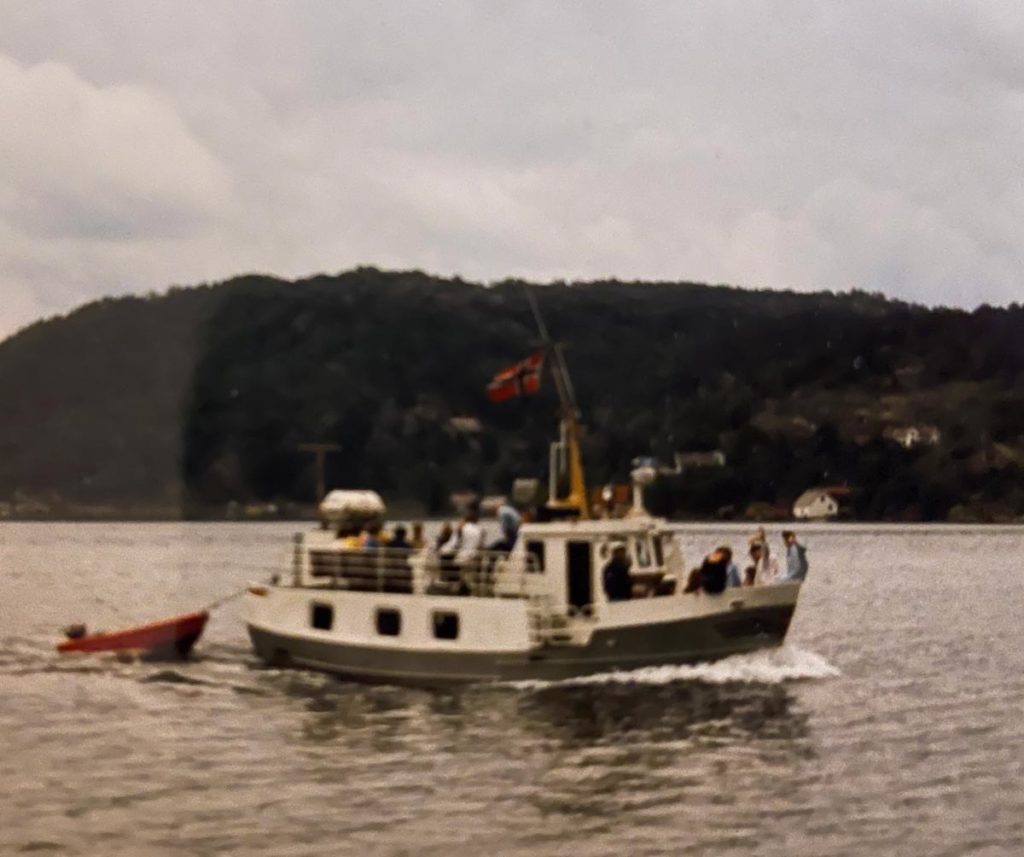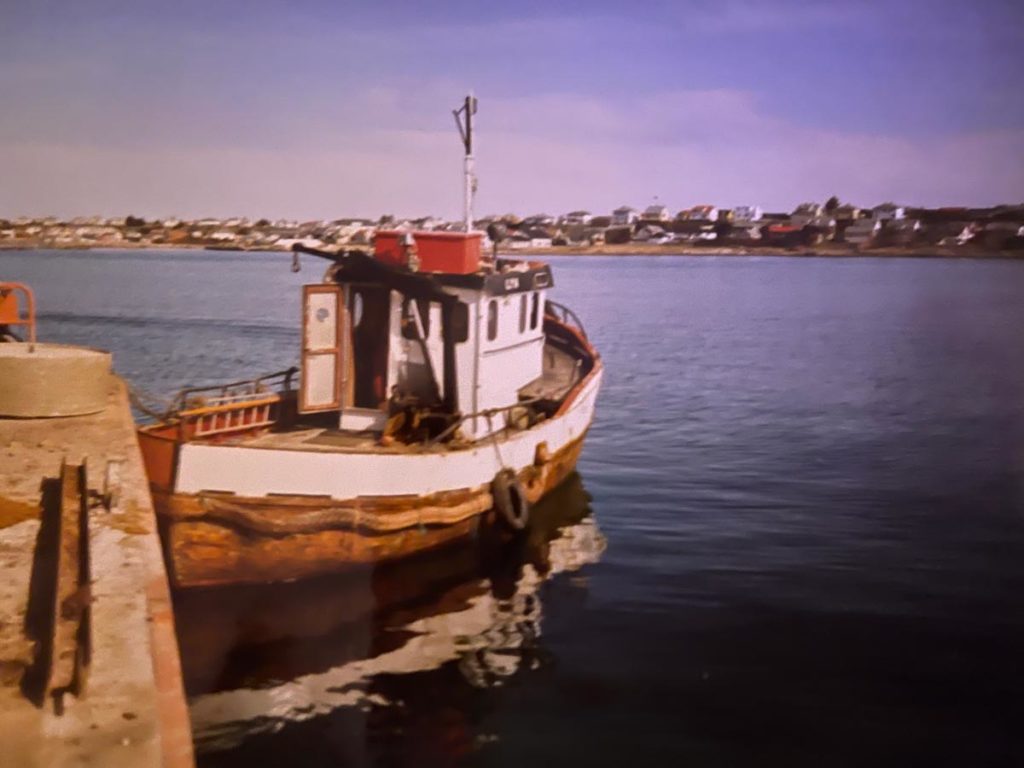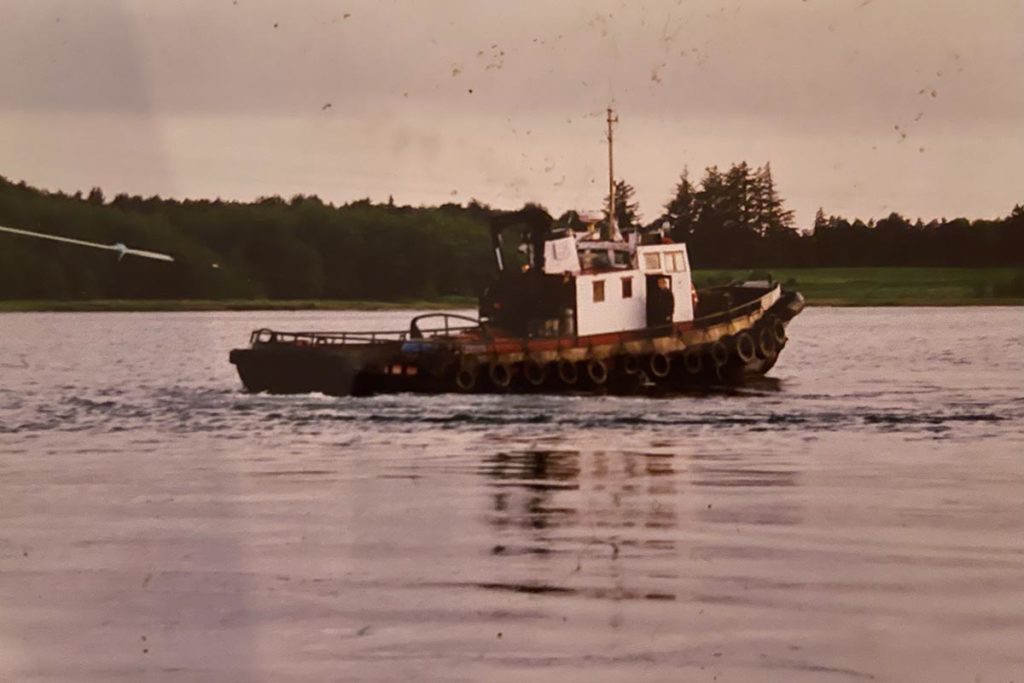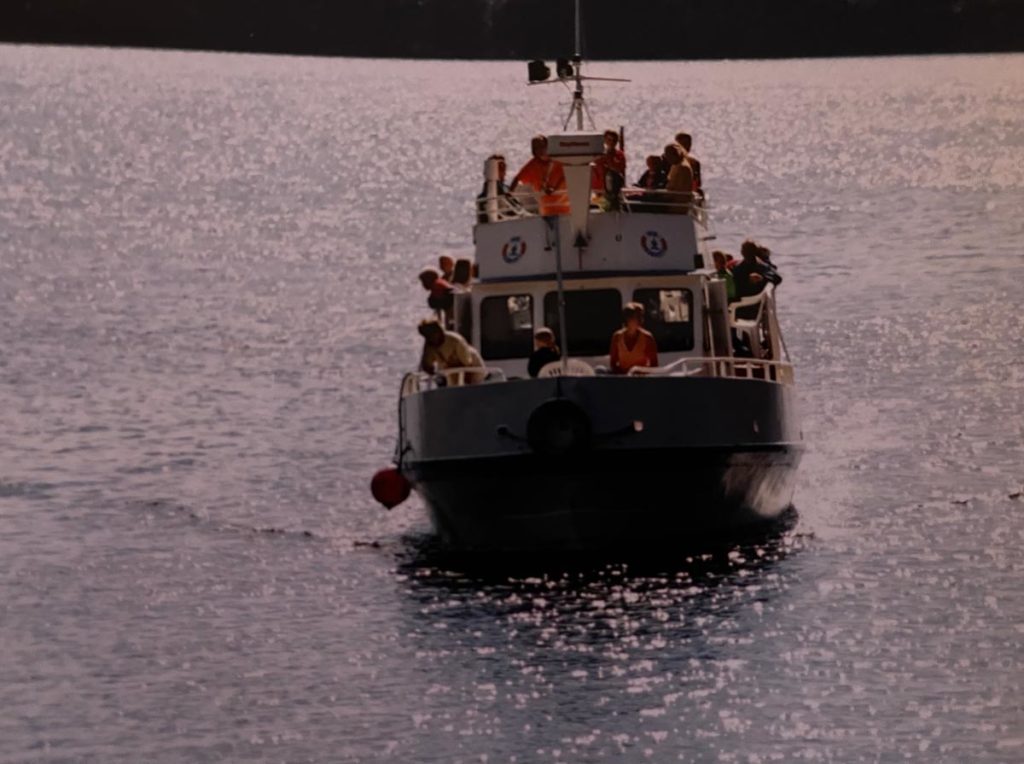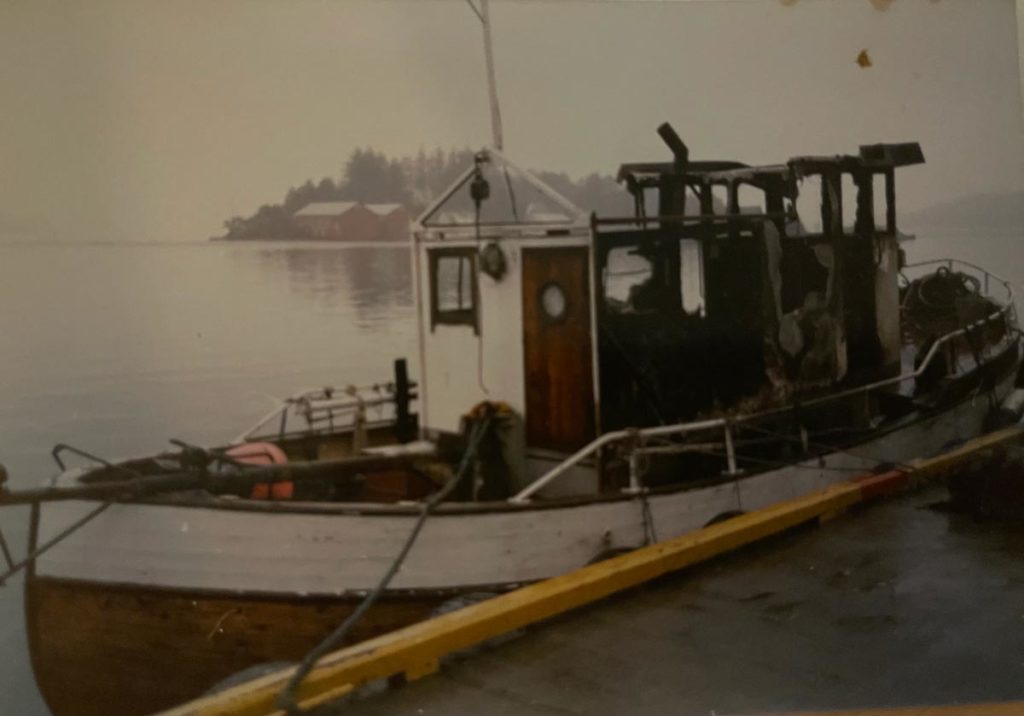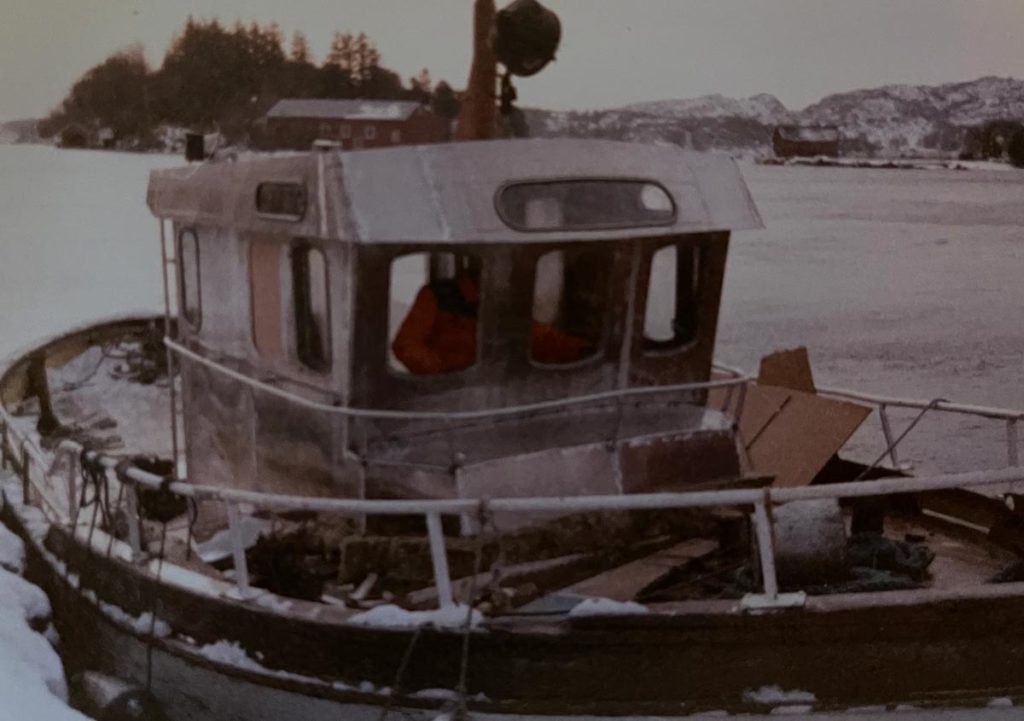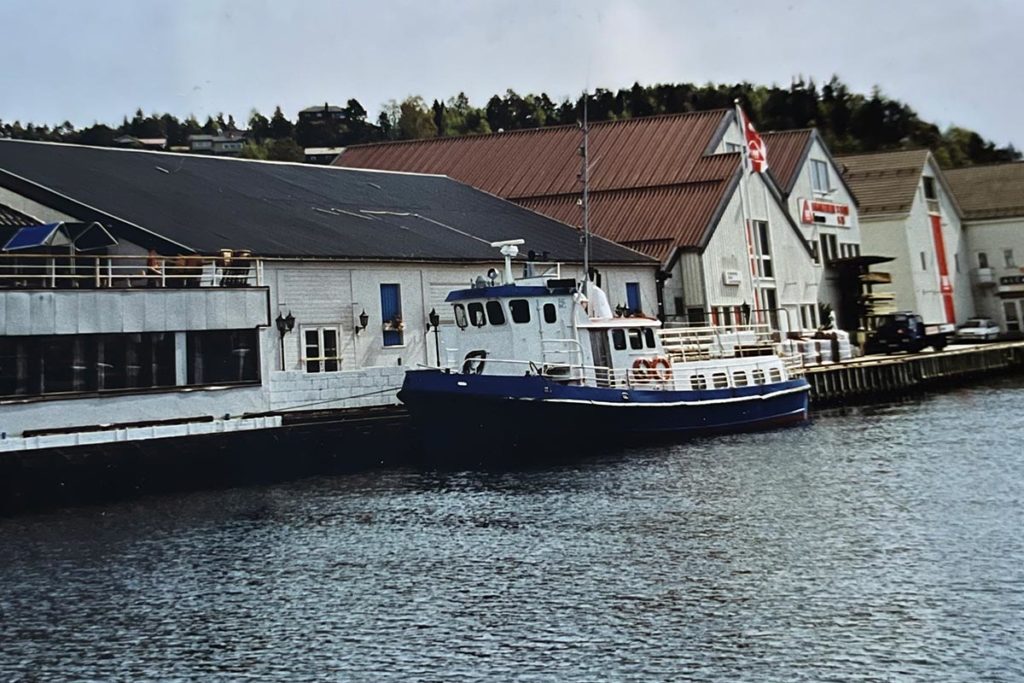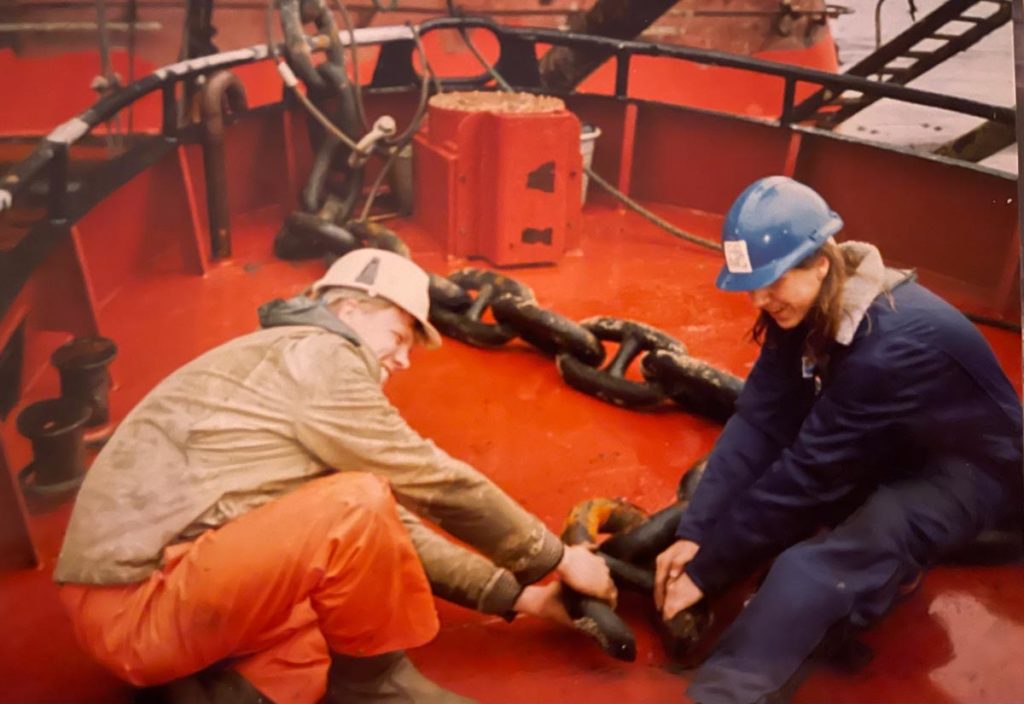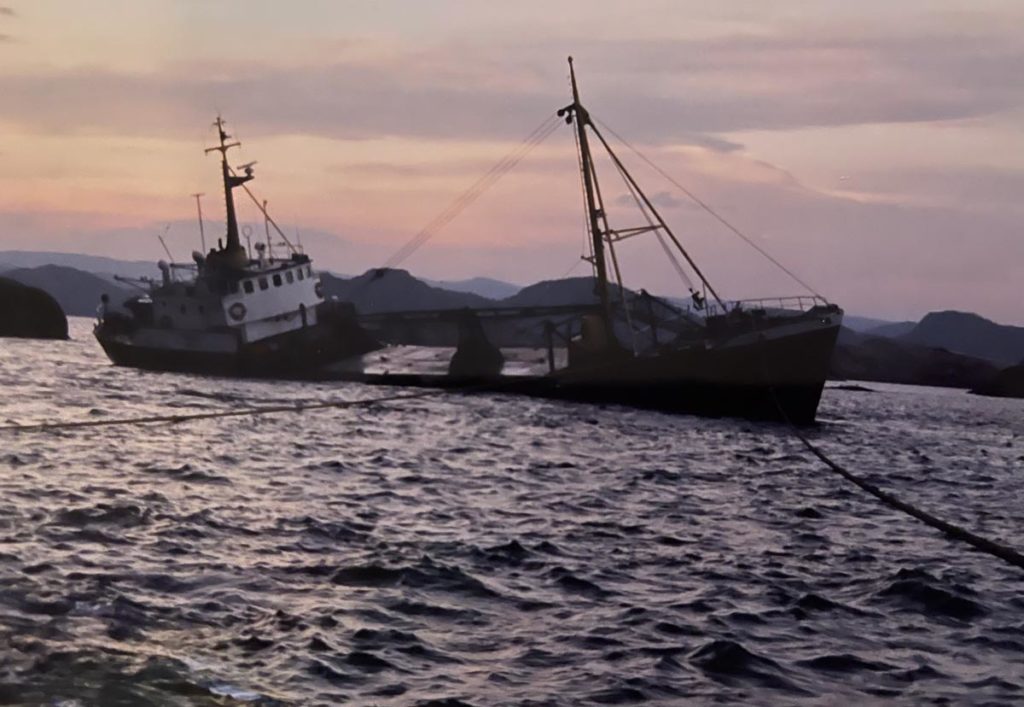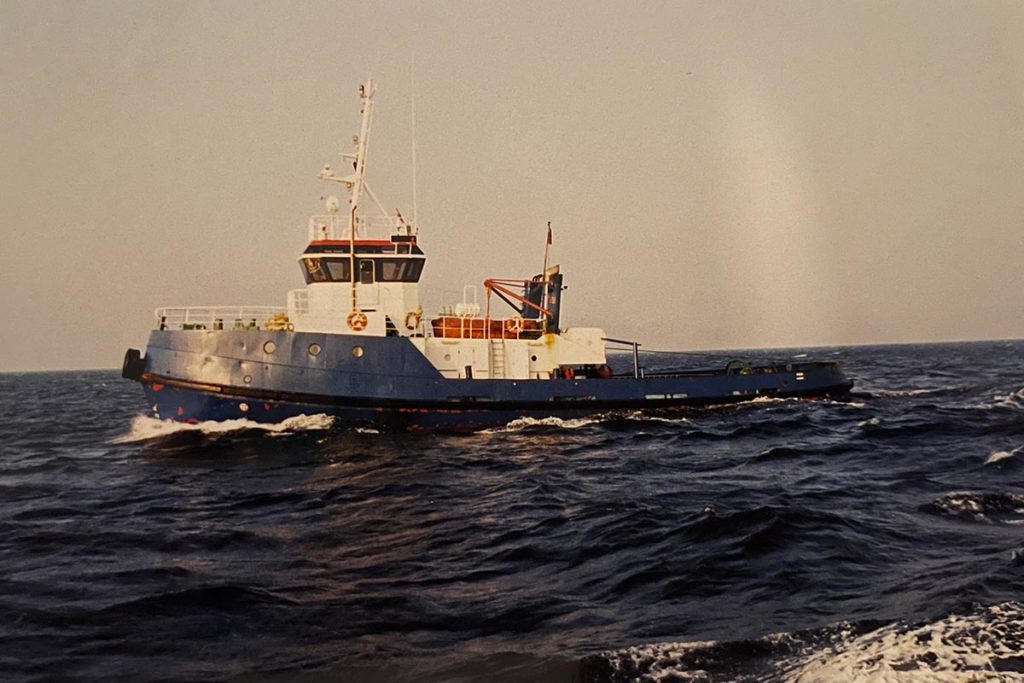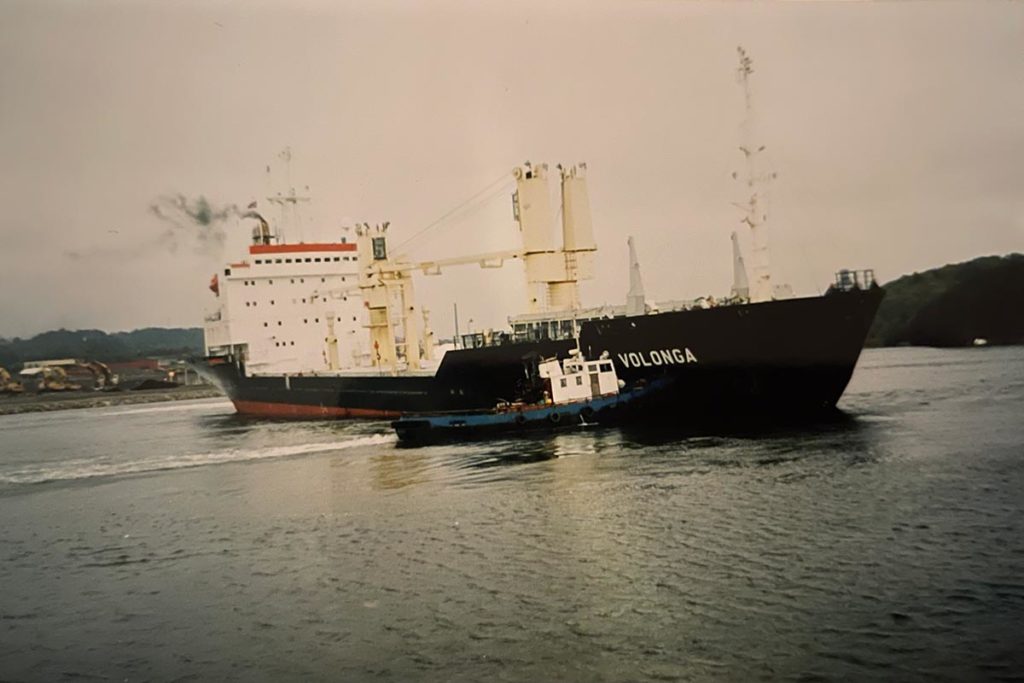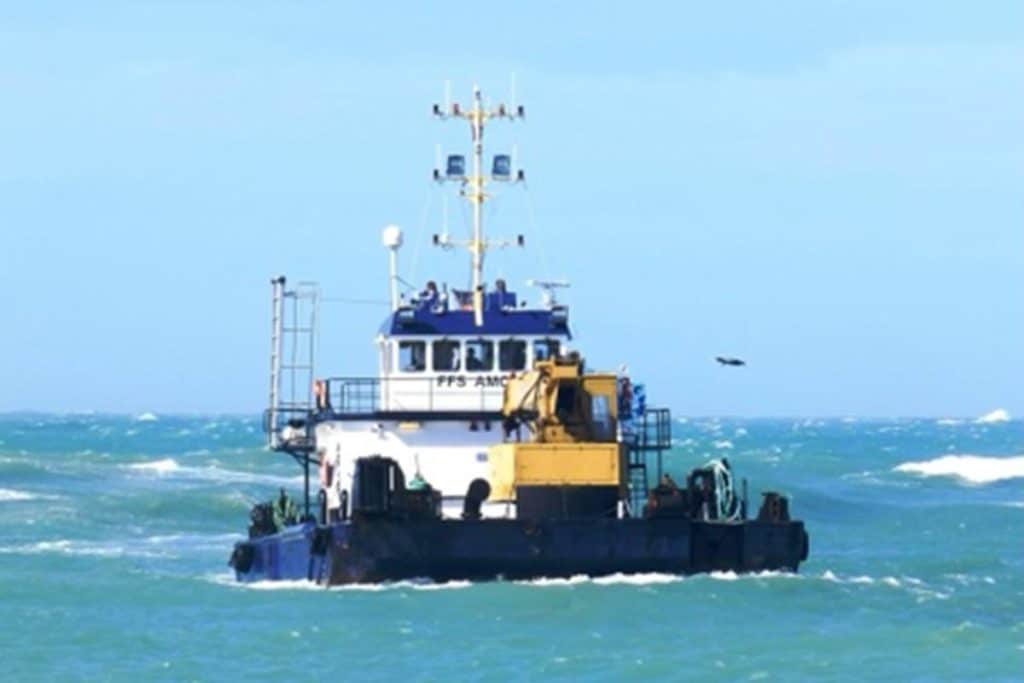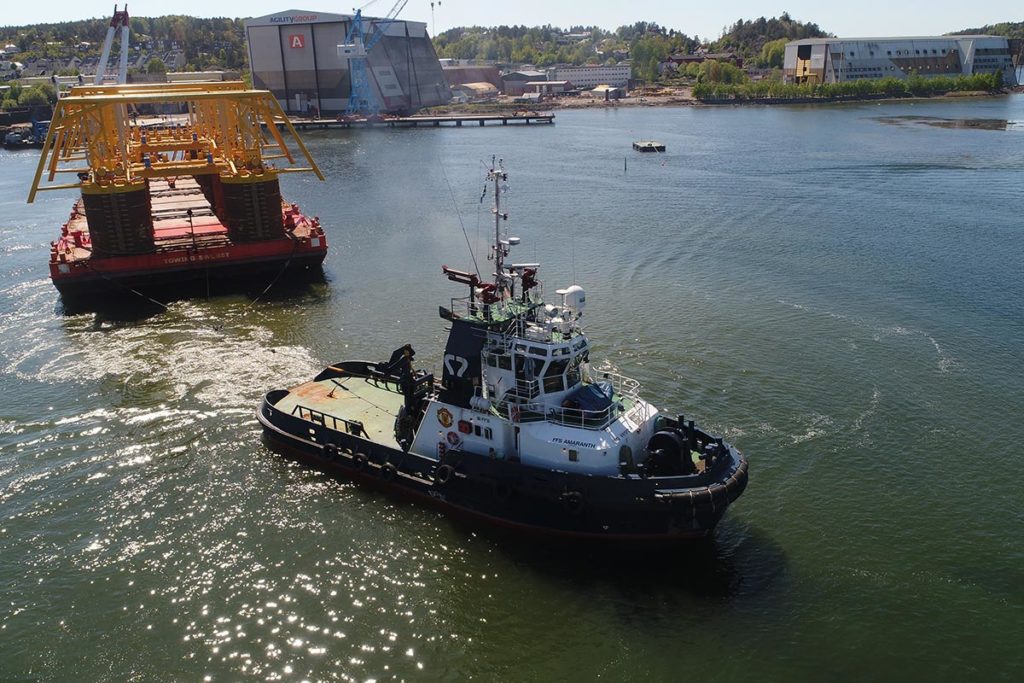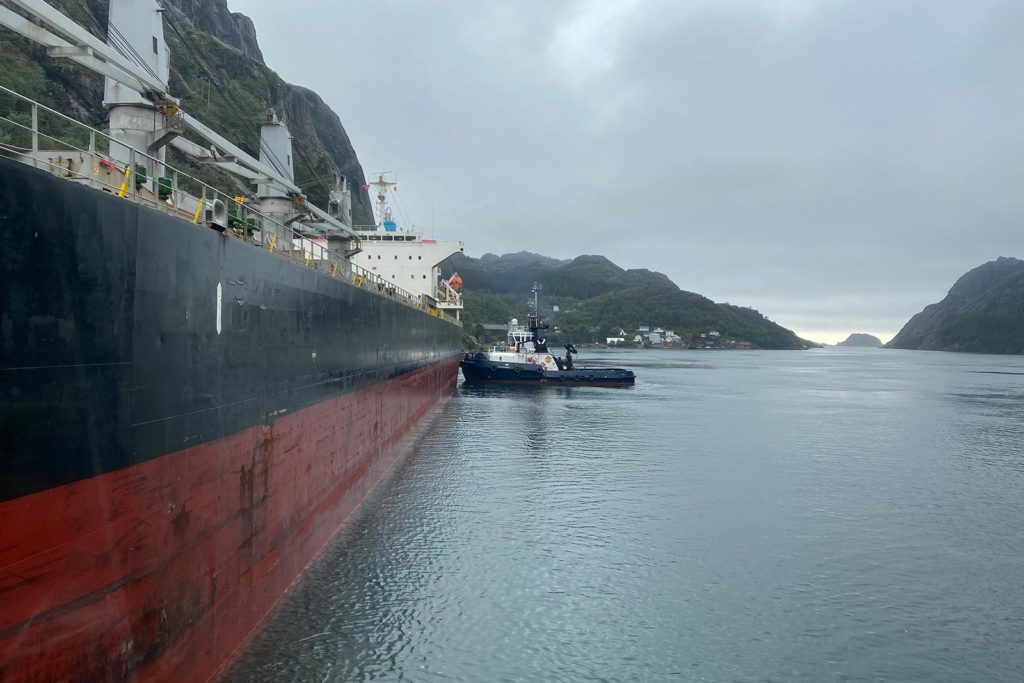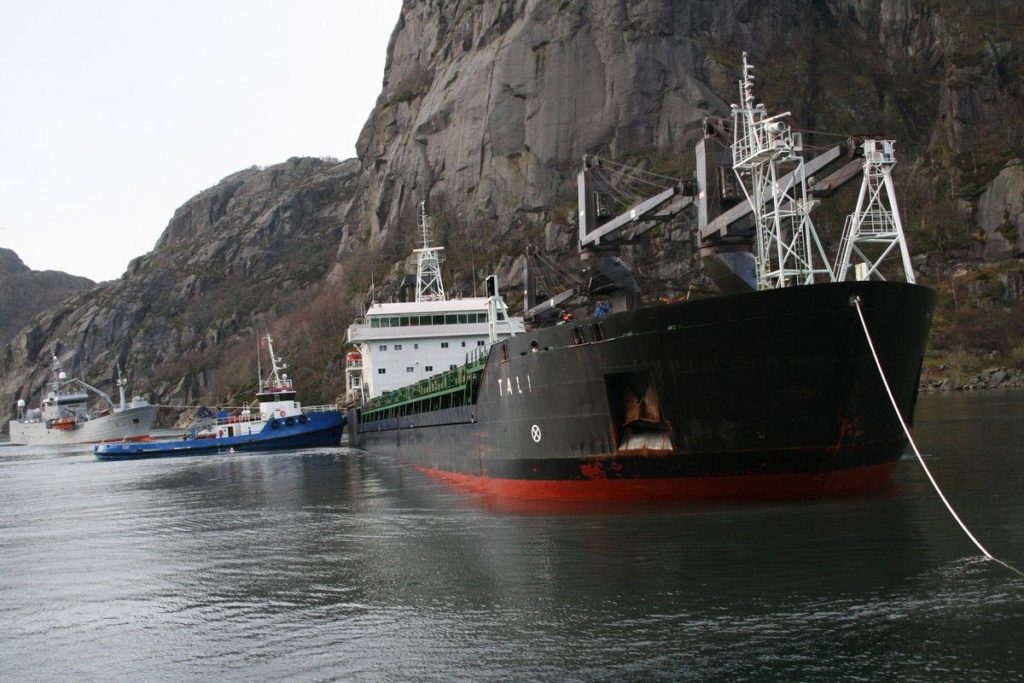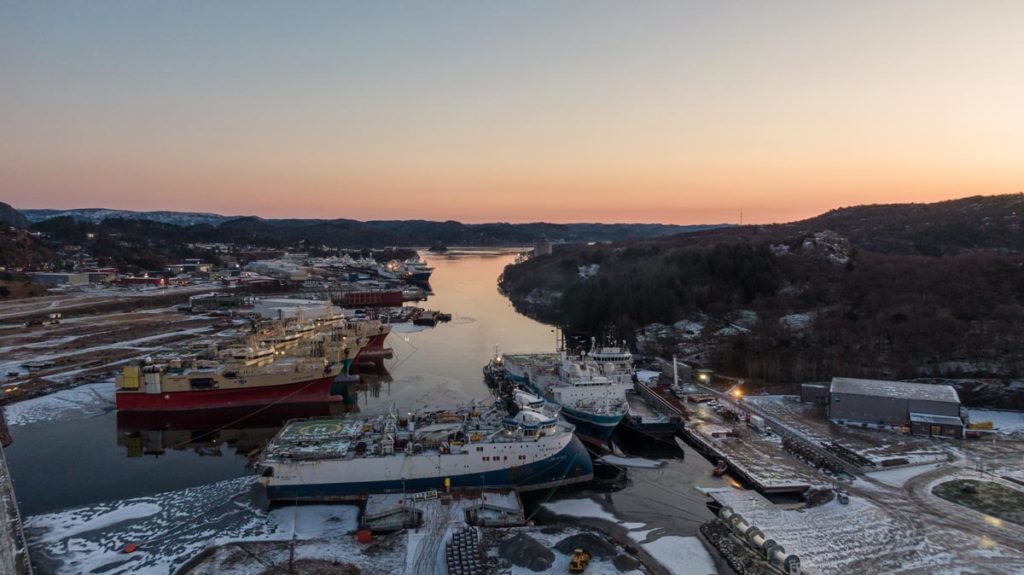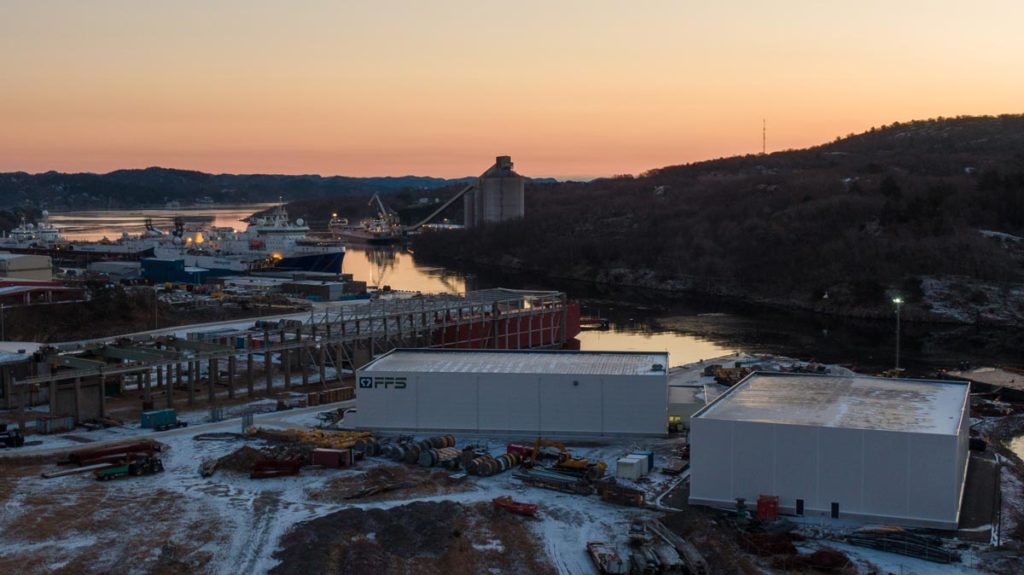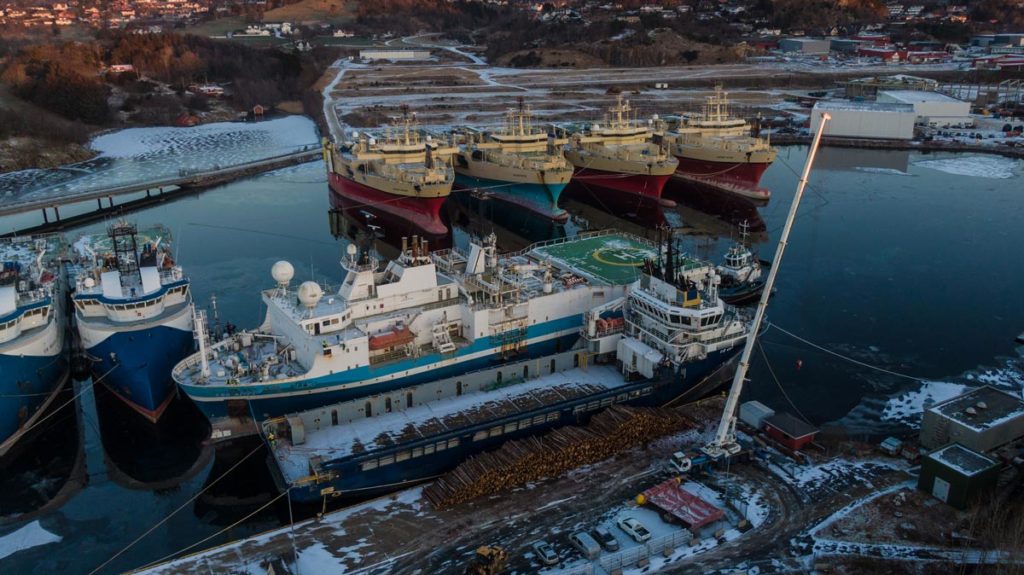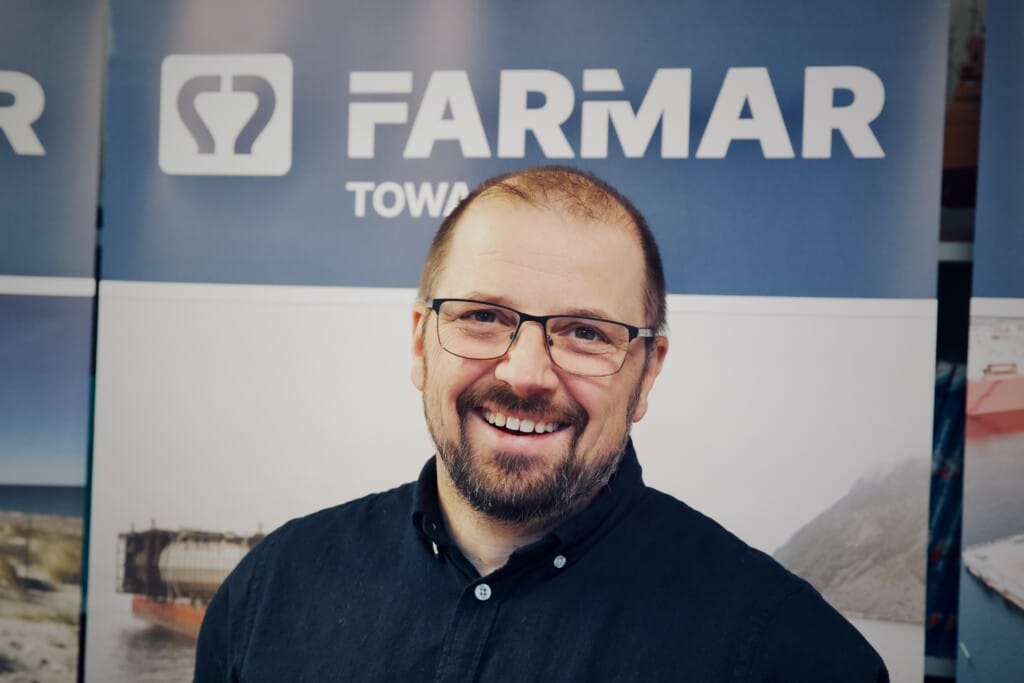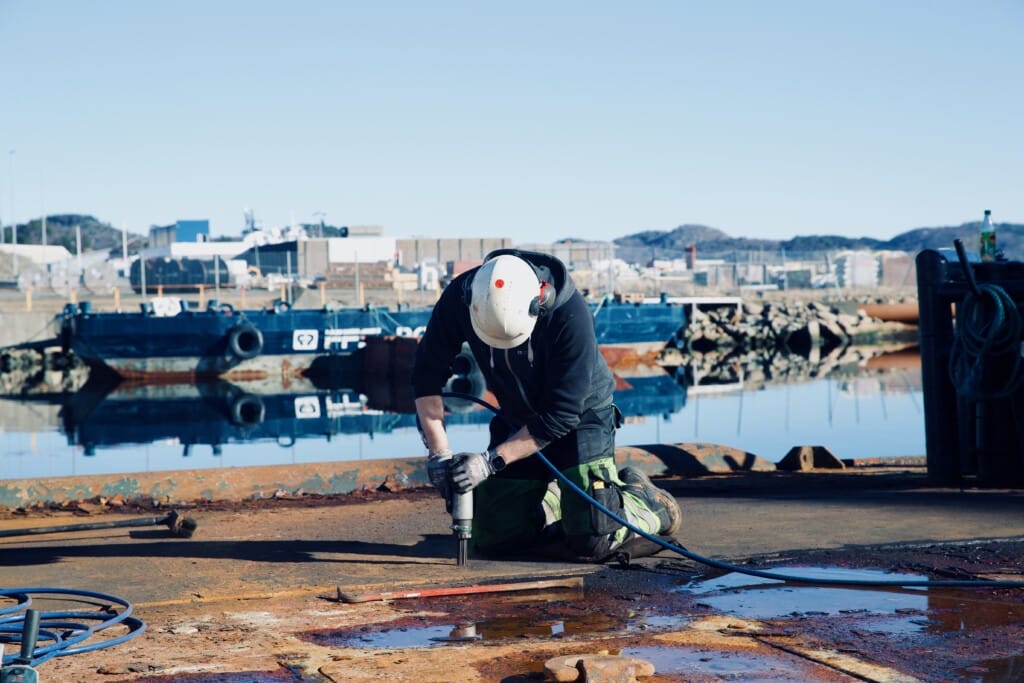The story
The start-up
Our history begins in 1982. Arnfinn Nilsen sails as helmsman, but takes mooring assignments in the free periods for the aluminum plant and local storage boats. Eventually, the plant owner Elkem requires a professional contract partner. Nilsen founds Farsund Mooring Company, and is given a contract for mooring incoming coke and oxide boats.
At about the same time, a permanent school route is established between Engøy and the mainland. Nilsen is given the task of shooting the four students across the strait.
1985 A new market opens - sightseeing tours for tourists from Farsund Fjordhotell. A discarded boat with a certificate to carry 23 passengers is purchased from Finnmark Fylkesrederi og Ruteselskap. The vessel is named MS Farøy.
Shipping by hotel guests
Nilsen has now stopped sailing out. In addition to mooring assignments and passenger freight, he drives provisions to the storage boats that are anchored in the skerries outside Farsund.
The need for a larger boat will arise soon. In 1987, we acquire MS Tina, which has been used in passenger freight in the oil service industry at Stord. With this acquisition, Farsund Mooring Company doubles its passenger capacity. The boat is first stationed in Flekkefjord, where it is used to transport guests from Maritim Hotell. But eventually this market shrinks, and MS Tina is brought home to Farsund.
We sell MS Farøy, but keep the boat we have had since the start, MS Lyn. This 34-foot tug and work boat is regularly used for mooring assignments in Lyngdal, Spindsfjorden and Lundevågen.
The accident and the generational change
In 1991, Arnfinn Nilsen was seriously injured in an explosion accident on a rig that is in storage. He stays in hospital for several months. His son John Willy, who is on the fishing line at Eilert Sundt upper secondary school, steps in. And in the summer of 1992, when it became clear that the father would not be able to return to full-time work, he dropped out of school and took over the operation of Farsund Mooring Company.
With John Willy Nilsen at the helm, the company will soon see opportunities in new markets. We secure a small tugboat in steel and with icebreaker properties. It is named MS Farøy II, and is used for barge towing along the coast between Risør and Hardanger.
In 1995 we buy MS Rasvåg. With a past from the forts in the Coastal Artillery, it is something as rare as a combined shuttle and tugboat. Arnfinn Nilsen is now back in a 30 percent position, and uses MS Rasvåg occasionally for passenger freight - and especially deep sea fishing for German tourists.
The first GPS drop
The experience from barge towing gives us the first big filling job. The seabed outside the factory which was then called Falconbridge in Kristiansand will be filled in. But the ground is very unstable, which requires extreme precision on the drops. Sonar, which until then had been used in such dumps, does not provide accurate enough information. Under the auspices of Farsund Mooring Company, GPS is therefore used for the first time in Norway in connection with filling mass in port.
In connection with the assignment in Kristiansand, the company buys its first tugboat with a small size - MS Rusken. And in 2000, the fleet was supplemented with the MS Khan, a 30-meter-long tugboat - well equipped with electronics.
Both boats are put into North Sea shipping. And especially MS Khan sails a lot in Poland, where larger structures are picked up and towed on barges to shipyards along the coast in Norway. At the same time, an ever-growing market for cabin freight in the skerries is growing.
Salvage is a central part of our operations, and all our tugboats have full salvage equipment on board. In 2008, we will play a key role in the salvage of the Finnish cargo ship MS Tali, which is grounding on its way out of the Jøssingfjord.
North Sea shipping is declining
In 2009, Farsund Mooring Company buys its first tractor submarine, the MS Achilles. The special thing about this boat is the propulsion system, which allows it to hang behind the boat it is to assist, and from there brake and steer. MS Achilles is picked up from England, and undergoes a major overhaul that takes seven months before it is finally sailed home and put into operation.
The business has now grown in scope, and we have towing in most ports between Arendal and Egersund. We take over Intermarine, a shipping agent in Farsund with management agreements on several cargo boats. The agent company is run as an independent company until 2014, and is then integrated into Farsund Mooring Company.
The tugs are in full activity, and move what can be moved between Norway and the continent. The need to increase the fleet further arises soon. In 2012 we buy MS Atlas and two years later MS Amon. Both are tugs, but the latter is specially built with a crane on board.
Oil crisis and circulation bonanza
Then comes the oil crisis. From February 2014, there is not a single towing assignment in sight. We will have to turn around and look at other possibilities. Fortunately, they are not far away.
Since 1992, we have had a collaboration with the seismic company WesternGeco on handling storage boats in Lyngdal. With activity stops in the North Sea, there is an urgent need for storage spaces.
Together with the port authority in Farsund, we throw ourselves around and prepare Lundevågen to be able to receive boats. In the course of four months, we will put in place a shore power connection and several new bollards. In July 2015, we can welcome the first storage boats, and the same autumn, all eight berths will be filled with boats from WesternGeco and PGS.
Where we were previously a service provider for storage boats with crew on board, we now have management on the boats - with responsibility for maintenance and preparation for new assignments.
The oil crisis also gives us a giant job in Lyngdal. The drilling ship OSX-1 will be in storage in Rosfjorden, and we are asked to deliver a complete package consisting of planning, ordering chains and anchors, towing and mooring. This assignment alone has a value of NOK 13 million.
The world's largest seismic port
In January 2018, Schlumberger, which then owns WesternGeco, announces that the company will scale down its investment in seismic and gather all equipment in three ports - Singapore, Houston and Farsund.
All available storage space in Lundevågen will be freed up. In addition, new halls are being built. In March and April 2018 alone, we will receive 150 semi-trailers with seismic equipment from the previous hubs for seismic in Stavanger and Bergen.
In 2021, Farsund is by far the world's largest seismic port. We have management of 15 seismic boats in Lundevågen, plus three in Lyngdal. As most of the boats take turns taking assignments, in addition to conducting maintenance, our job is to mobilize and demobilize the vessels.
FFS Marine and new focus
The same year that the seismic adventure begins, Farsund Mooring Company changes its name to FFS Marine. The name change reflects the changes in the company's services. It's been a long time since we only moored boats. At the same time, we keep the abbreviation in the original name, and thus show where we come from.
Among our new commitments is ownership of shipyards. In 2018, we are helping to establish Green Yard in the yard area Angholmen in the Fedafjord. The company's concept is to conduct environmentally friendly recycling of ships and modification of ships and rigs. In 2020, Green Yard Group will take over the bankrupt Kleven Verft in Ulstein in Sunnmøre.
We are also involved on the owner side of the company Amon, which makes foundations for bottom-fixed and floating offshore wind turbines.
We also own and operate Lister Kranservice and Farsund Kran og Transport. The companies, which have two quay-based mobile cranes, two crane trucks and semi-trailers at their disposal, will be merged in 2021.
We are constantly on new salvage assignments. In February 2020, the gas tanker Crystal Lavender will have engine trouble in bad weather outside Lista. Three of our tugboats move out and tow the casualty to Lyngdal.
Rebranding and restructuring
The company is becoming more international. The tugboats are increasingly involved in rig moves outside the Norwegian sector, and the largest tugboat will be permanently based in Thyborøn in Denmark.
At the same time, the company operates a full-scale offshore supply base and has a full-scale mechanical workshop.
Due to market changes combined with the fact that the company is often confused with its namesake, FFS Marine will change its name to Farmar from 1 March 2024.
Farmar has a strong international resonance, giving the company a geographical affiliation and industry identity.
The name change also reflects the growing portfolio of services, which extends far beyond the mooring operations on which the business was originally founded.
The name Farmar is derived from Farsund Maritime Group, which will now be the name of the overall holding company. At the same time, the various operational areas are separated into separate companies.
Shipping operations will be centralised in Farmar Towage. Everything within storage boats and workshop services will be in Farmar Services. The administration will be employed by Farmar Management. And the properties in Lundevågen will be owned and operated by Farmar Port.
The new model will give us the opportunity to rationalise the different businesses in the company and manage different tax rules on land and at sea.

